Hi everyone, it’s an honour to be here. My name is Elaine Hu and I am a 2nd year medical student at UBC. I don’t normally do a lot of speeches, but I am here because I care about this crisis, not only as a doctor-in-training but just as a community member.
I will be diving into the statistics and evidence around safe supply, but first I want to tell you a bit about myself.
I have been in Vancouver for the past few years because of school, but I grew up in Victoria. When I was in my last year of high school, I remember this chilling feeling of shock that spread across the town when news broke that a boy my age, a student-athlete from another high school and from a middle-class neighbourhood, died of a fentanyl overdose.
I was a pretty sheltered kid, as are, honestly, most people that get into medical school. It was really hard to even comprehend how someone could be suddenly gone, leaving behind friends, family, loved ones, and a community in shambles grieving his loss. Since then, thousands more people across BC have died because of preventable toxic drug events. Just last year, the illicit supply killed over 100 people in the Greater Victoria Area.
I share this all to point out that the overdose crisis is not just a DTES problem or a Vancouver problem. That would be horrible and heartbreaking enough, but, in fact, 85% of the toxic drug-related deaths occur outside the DTES. This is a BC problem that impacts everyone – people from all different walks of life and communities.
I’m here to use my voice as a medical student to advocate for pragmatic, humane solutions to ending this ongoing toxic drug crisis. I’m here to show my support for Eris, Jeremy, DULF, and safe supply.
The science is clear, the people with experience on the ground dealing with this are clear, and our BC Chief Coroner’s recommendations are clear.
People are dying because of our increasingly volatile and toxic street drugs. We can save lives by urgently separating people from this deadly supply by providing a safer, regulated alternative – or “safe supply.”
To get safe supply to as many people as possible, as quickly as possible, we need to support non-medical models.
As medical students, we are taught about the importance of looking at the evidence, the research, and the data to inform our practice and policies. Though prescribed safe supply in its current form is a recent intervention in BC and Canada, the emerging evidence points to immense health and social benefits that we can’t ignore.
In 2020, the Ontario Drug Policy Research Network published a rapid review on the impact of Prescribed Safer Supply (PSS) programs across Canada. The findings from 15 peer-reviewed studies and 5 program evaluations collectively showed that people receiving a prescribed, regulated supply of opioids experienced fewer overdoses, hospitalizations, and emergency room visits.
Since then, more studies and advocates have continued to speak to similar positive outcomes of prescribed safe supply. Just last week, a prominent group of researchers from BC published a landmark study, specifically on risk mitigation prescribing. This was a form of safe supply made available during the COVID-19 pandemic that physicians and NPs prescribed to patients at risk of overdose to help them follow quarantine and public health protocols. For over a year, the study followed approximately 5,000 people with opioid use disorder who received risk mitigation prescribing and compared them to a group of similar people who were also eligible but didn’t get the same safe supply.
The results are remarkable: people diagnosed with opioid use disorder who were prescribed at least 1 day of opioid safe supply were 61% less likely to die the week after compared to those without a prescription. Receiving 4 or more days of regulated, prescription opioids reduced death rates by 90%. This is the first large-scale population-level study on the impacts of PSS, and to see such staggering reductions in mortality is a huge discovery.
Altogether, we have a growing evidence base telling a consistent story that safe supply saves lives. Knowing the data, it becomes so overwhelmingly obvious that these are preventable deaths, and how urgently we need to get people safe supply. This is why it’s incredibly frustrating that prescribed safe supply is being accessed by only 2% of the 225,000 people at risk of toxic drug events in this province. The remaining 98% are left with no choice but to continue relying on the deadly street supply.
A big reason why so few people can access safe supply as it currently exists is the medical model. I’m saying this as a medical student – I believe that physicians can make a really positive impact in helping people, families, and communities. I know there are times they can do immense harm, especially to people who use drugs, but I wouldn’t be spending years of my life studying and training if I didn’t think we could do some good.
However, the research and people in these programs have pointed out that requiring physicians and NPs (Nurse Practitioners) to be gatekeeping safe supply within a healthcare model presents a lot of barriers to access. On top of that, it makes this model impossible to scale up. Anyone in this crowd could probably tell you how overburdened our crumbling healthcare system already is. Physicians are just not the right people for the job of immediately curbing toxic drug deaths. That’s not to say that physicians and other healthcare workers can’t play an important role in this crisis. Ultimately, we need non-medical models if we ever want safe supply to reach enough people.
Physicians are just not the right people for the job of immediately curbing toxic drug deaths. That’s not to say that physicians and other healthcare workers can’t play an important role in this crisis. Ultimately, we need non-medical models if we ever want safe supply to reach enough people.
Even today, even after the Coroner’s third Death Review Panel report on the toxic drug crisis, the government refuses to consider non-medical safe supply. But DULF has shown us that it works.
Jeremy and Eris took action into their own hands when they started the DULF compassion club.
This novel community-based safe supply intervention gave out tested drugs to people at risk of overdose. They published a comprehensive framework document outlining the logistics, and research protocol for how the compassion club would undergo rigorous scientific evaluation, complete with an approved ethics application.
On Sept. 25, 2023, we got a preview of how well DULF was working. A year into operation, preliminary results showed that DULF’s safe supply caused zero overdose deaths. Among the 43 members, the number of non-fatal overdoses was reduced by a third. These members also experienced significantly fewer hospitalizations, drug-related violence, and negative police interactions.
For 7 years, we’ve been battling an unprecedented public health emergency where the status quo has been mass death, year after year, month after month, day after day. At a time when we desperately, urgently need to increase access to safe supply, DULF’s compassion club has helped shine a light on a way forward.
DULF continues the legacy of drug user activists who pave the way for innovative harm reduction, saving lives in defiance of unjust laws. DULF’s work has not only helped save lives on the ground, but they’ve also produced evidence showing that community-led, drug-user-led safe supply works – we don’t need prescribers or a high-barrier medical model. On top of all that, DULF has given us the full blueprints for how we can expand their model to other communities across BC. DULF’s contributions are invaluable.
DULF’s contributions are invaluable.
The charges against Jeremy and Eris need to be dropped immediately. Charging them serves to unjustly punish them for stepping in to do courageous, groundbreaking work when it was needed most. Ultimately, if they’re charged, the consequences for the public are deadly, as the status quo will continue: watching as our friends, family, loved ones, neighbours & fellow British Columbians die needlessly knowing their deaths could be prevented with safe supply.
I’ll wrap up my thoughts by saying that there’s a lot we need to do to end the toxic drug crisis.
We must create a functional continuum of substance use care for those who want it, end the war on drugs, the war on the poor, the stigma, address the historical and ongoing harms of colonialism and the prohibition laws that drive our increasingly toxic, unpredictable street supply that got us here in the first place. But the bottom line is that work must start by first ensuring a safe supply for people across BC.



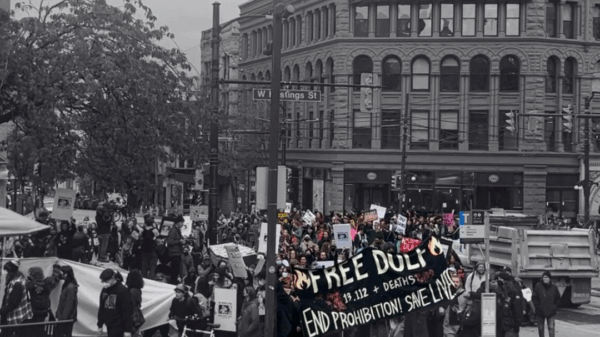
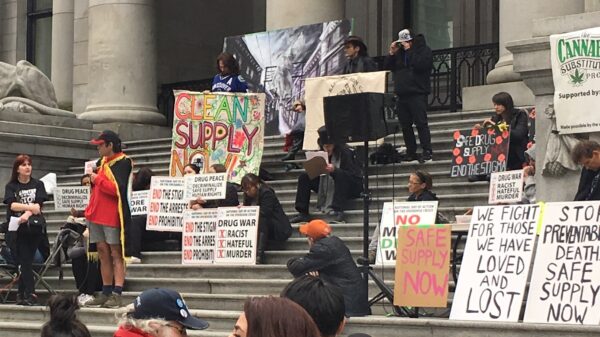



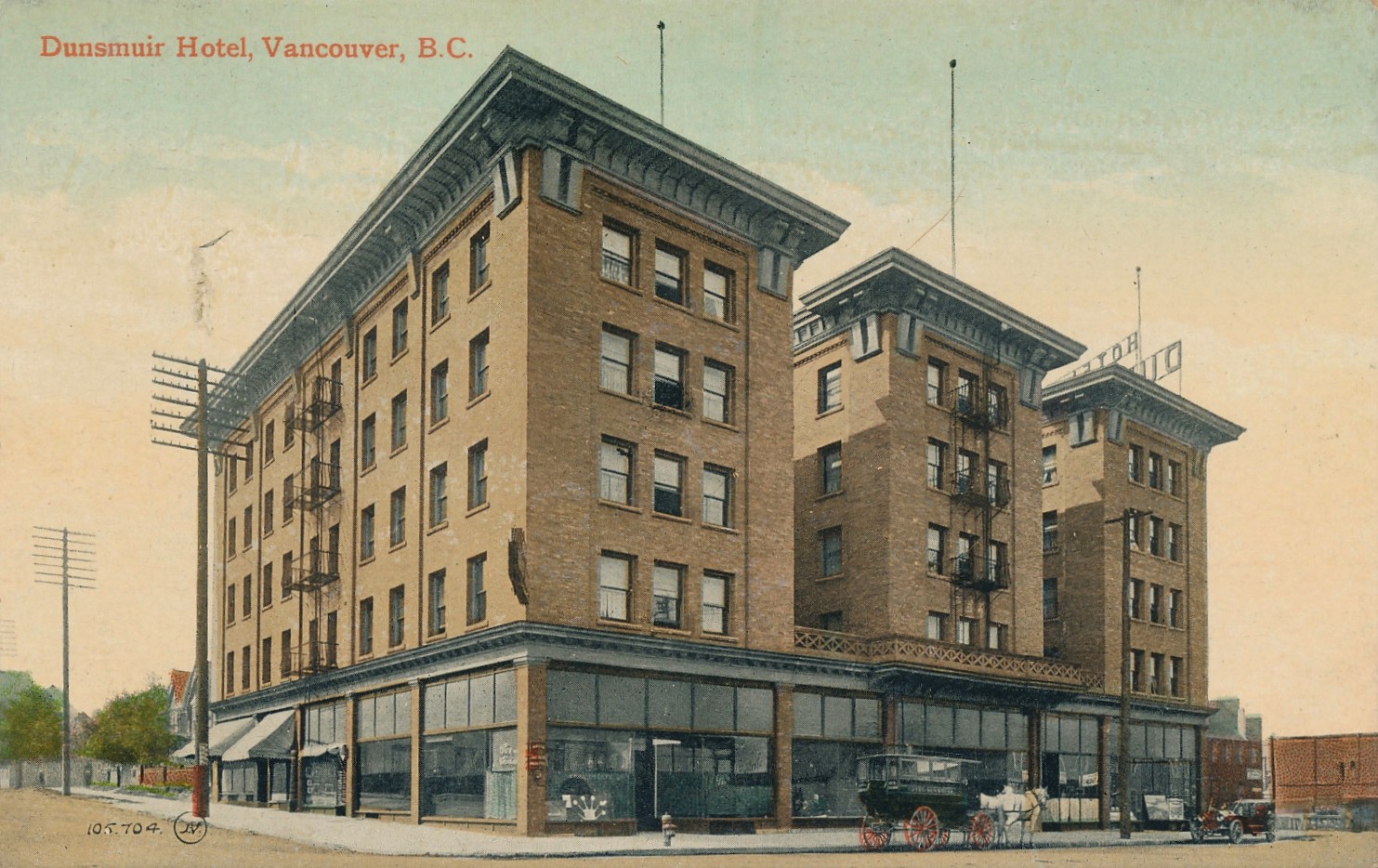
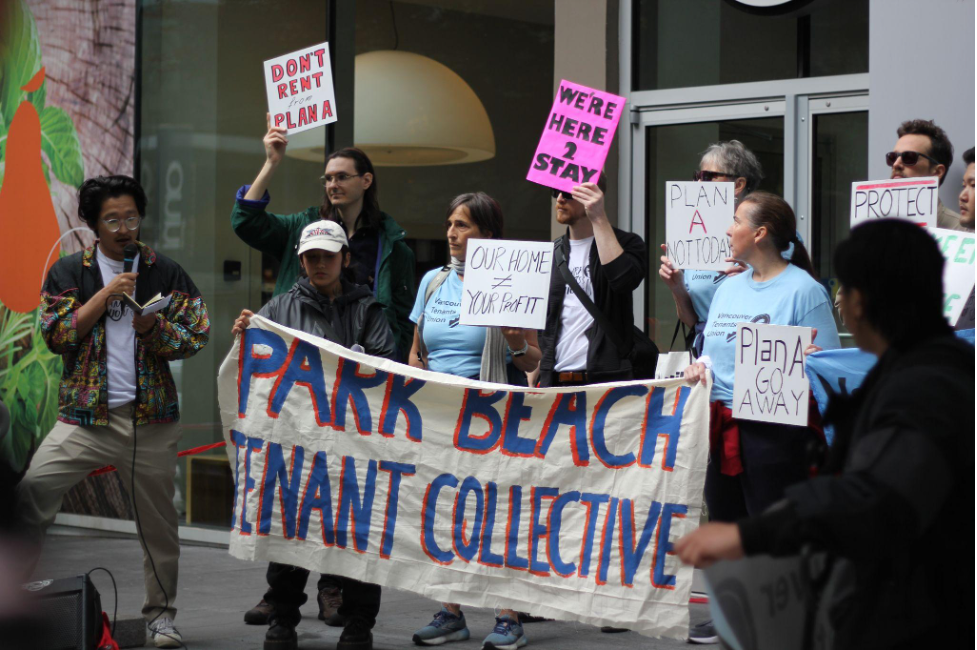


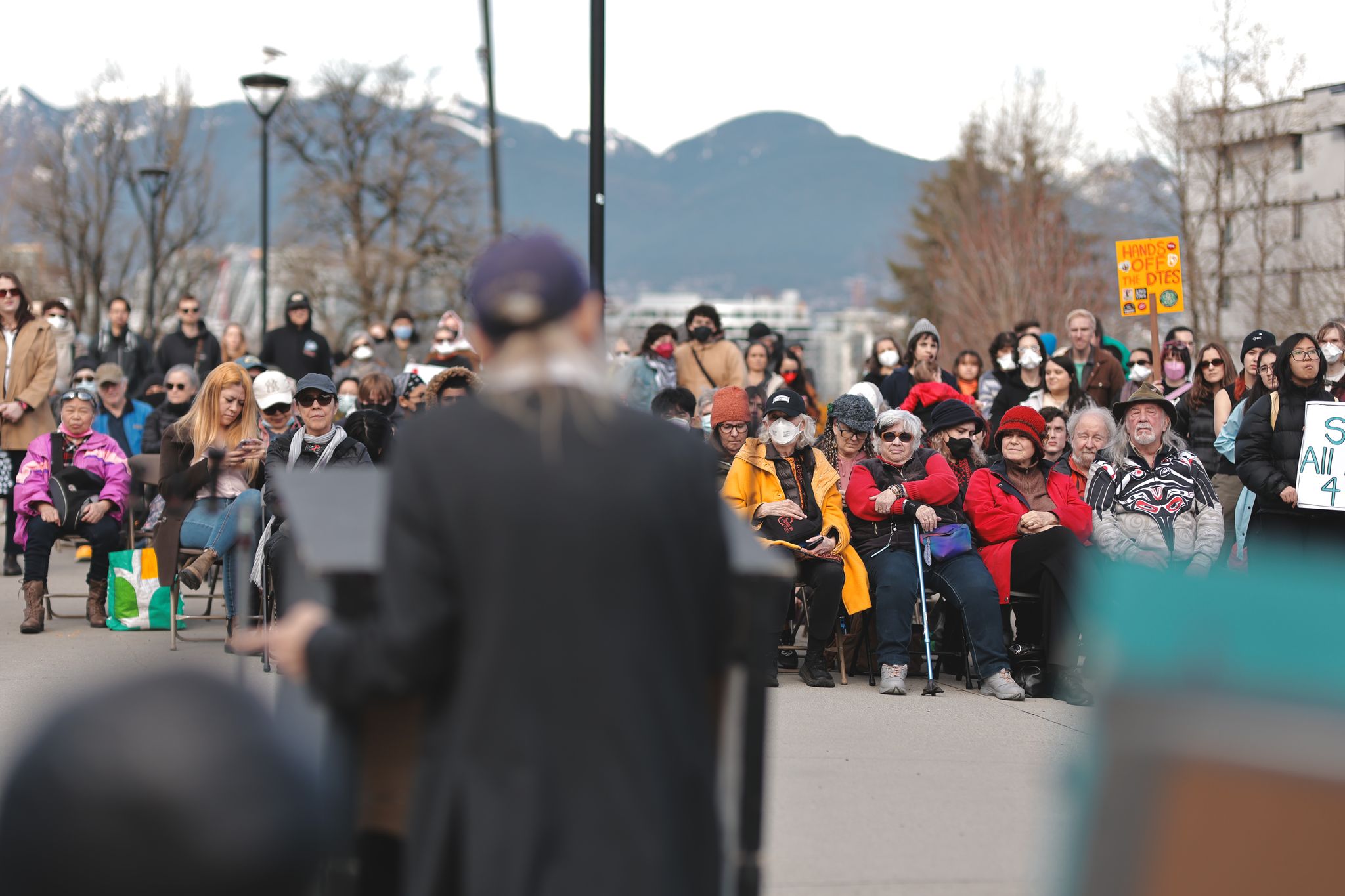


Eastside Ted Dantoncal
January 19, 2024 at 12:00 pm
Interesting. A student had an opinion on something. Curious. Will you be reporting the opinions of all the other students that UBC?